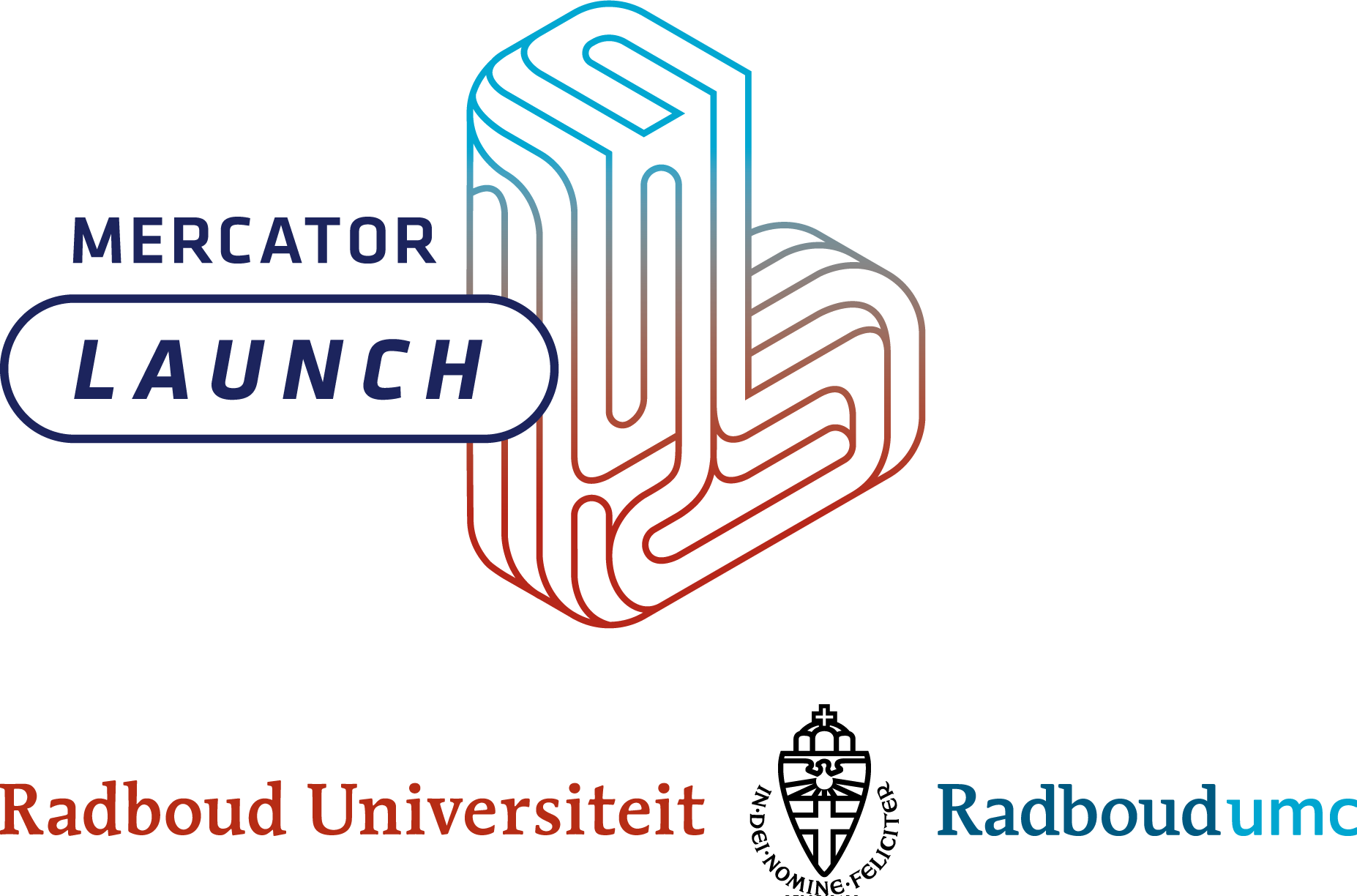GRAPHKITE: SOLUTIONS FROM DATA
It’s been said that Artificial Intelligence (AI) is going to have a larger impact on the world than the internet revolution ever did. Machine learning, a subset of AI, is the scientific study of algorithms and statistical models that computer systems use in order to make predictions or decisions without being explicitly programmed to perform the task. So basically, it’s building self-thinking machines!
Machine learning is conquering the world. You might have experienced it in real life when you get suggestions for your next purchase online, increase the appeal of photos taken by your phone or when your doctor uses AI to help him analyze your CT-scans. AI is offering a lot of opportunities to develop new solutions and the Entrepreneurial Minds of the month are helping those solutions come to life. Meet Jelle Piepenbrock, Simon Brugman, Roeland Wiersema and Alex Kolmus. These four student entrepreneurs together are Graphkite!
“Your idea doesn’t need to be perfect, it evolves through time and experience. Just do it!”
Graphkite develops advanced self-learning algorithms. ‘We are able to find patterns from the data of a person or an object while using automated models and as such are able to make valuable predictions’, explains Simon. Accurate predictions can help organizations make better decisions.
It started all about a year and a half ago when the founders of Graphkite entered a Computing Science Masters course at the Radboud University. During this course, they participated in an international online competition for Data Science, competing against more than 3000 other teams. ‘The goal of the assignment was to come up with a model that predicts the amount and the type of fish being caught, by analyzing video material from several fishing boats in the ocean. Basically, to be able to statistically predict overfishing,’ explains Roeland. ‘Often students use a model they’ve learned about during the course, just to find out much later that the model only works for that one particular boat. That is precisely the art and the difficulty of machine learning,’ says Simon, ‘to develop a model that works for every boat.’ They did amazing in this global competition and even got into the top 2%!
After working together for a longer time, they realized that they work well as a team and that they are able to translate theoretical knowledge in to practical solutions. ‘Naturally, we wondered whether we could solve other practical problems. Without too much hesitation we reached out to one of the three largest insurance companies in The Netherlands’, Simon explains. ‘We explained what we could do using machine learning. Two months later we booked our first job!’
After that they took Graphkite to the next level, bringing machine learning to other companies. It’s a very large market and it’s expensive for companies to innovate. ‘It’s more beneficial to hire a company that offers existing solutions, like us’, says Roeland. ‘And it works because we recognized that the problems an insurance company has, are actually applicable to problems in completely different lines of work’, adds Simon.
The team has even bigger plans for the future, looking to solve problems on a larger scale. In order to actually scale up to the next level the students looked for an experienced entrepreneur to join their team. It didn’t take long for entrepreneur and growth advisor Johannes Vinke to join Graphkite. ‘With his help, we hope to attract more business and to start growing,’ adds Roeland. ‘But for now, some of us need to graduate first.’
The team doesn’t need long to think of a tip for a beginning entrepreneur: `Just do it, says Jelle. ‘Don’t think about it as a huge step. Tell people what you do and ask if they can use it. Your idea doesn’t need to be perfect, it evolves through time and experience. But the only way to find out what it will become, is to just do it!’
